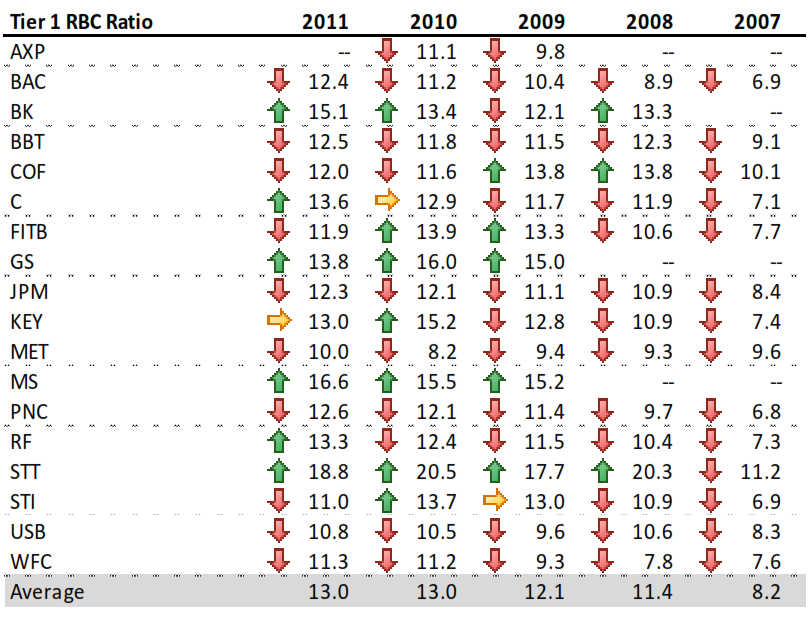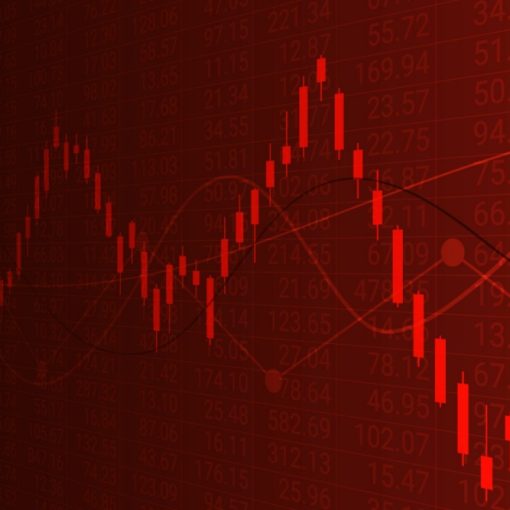By Michael Tarsala
The Fed’s annual stress test results are due this week, and they should show that the long-term investment outlook for the largest U.S. banks continues to get better, says Patrick O’Hare, chief market analyst at Briefing Research.
O’Hare will detail his findings as part of the free Next Invest online conference, March 20 and 21. I also will be there, moderating several of the panels.
Here are three things this week’s tests are expected to show:
1) A lower risk profile

Source: Briefing Research (http://www.briefing.com/research)
The 19 largest banks are expected to show that they will be able to withstand financial disasters even worse than the ones modeled in the first stress test in 2009. One major reason is big improvements in Tier 1 capital ratios, one of the strictest measures of bank reserves.
According to O’Hare’s calculations, the Tier 1 capital ratio of the largest banks is now 13%, vs. 8.2% in 2007, a year ahead of the financial crisis. To pass, banks must show a Tier 1 Capital Ratio of 5% or better, even under the worst-case financial scenario under the test’s simulations.
2) Banks are now investments, not just trading vehicles
O’Hare sees that banks now can be viewed as investments and not simply trading vehicles off of the 2009 market bottom. He sees less balance sheet risk, as well as pent-up lending interest that should drive a pickup in both lending and investment banking activity, driving long-term earnings growth for the large bank holding companies.
3) There may be implications for dividends
The banks that perform well in the tests should be in the best shape to offer increased dividends and share buybacks. O’Hare’s report provides a detailed look at the capital ratios for all the largest U.S. banks.
Interestingly, I notice that in the graphic above that MetLife (MET) is the one major U.S. bank holding company has below-average Tier 1 capital now, and has shown minimal improvement in that ratio since 2007.
It’s possible that banks that perform poorly in the tests could have to raise more capital, which could affect share prices.
Sign up for the NextInvest conference to hear more from Patrick O’Hare and other guests, including:
Tadas Viskanta, founder of Abnormal Returns; Brian Bolan, chief strategist at Zacks Investment Research; Christopher Henwood, HenwoodEdge.com and former VP at Goldman Sachs affiliate J.Aron; Mebane Faber, Co-founder of Cambria Investments; and Michael Kahn, CMT, columnist at Barron’s Online.



